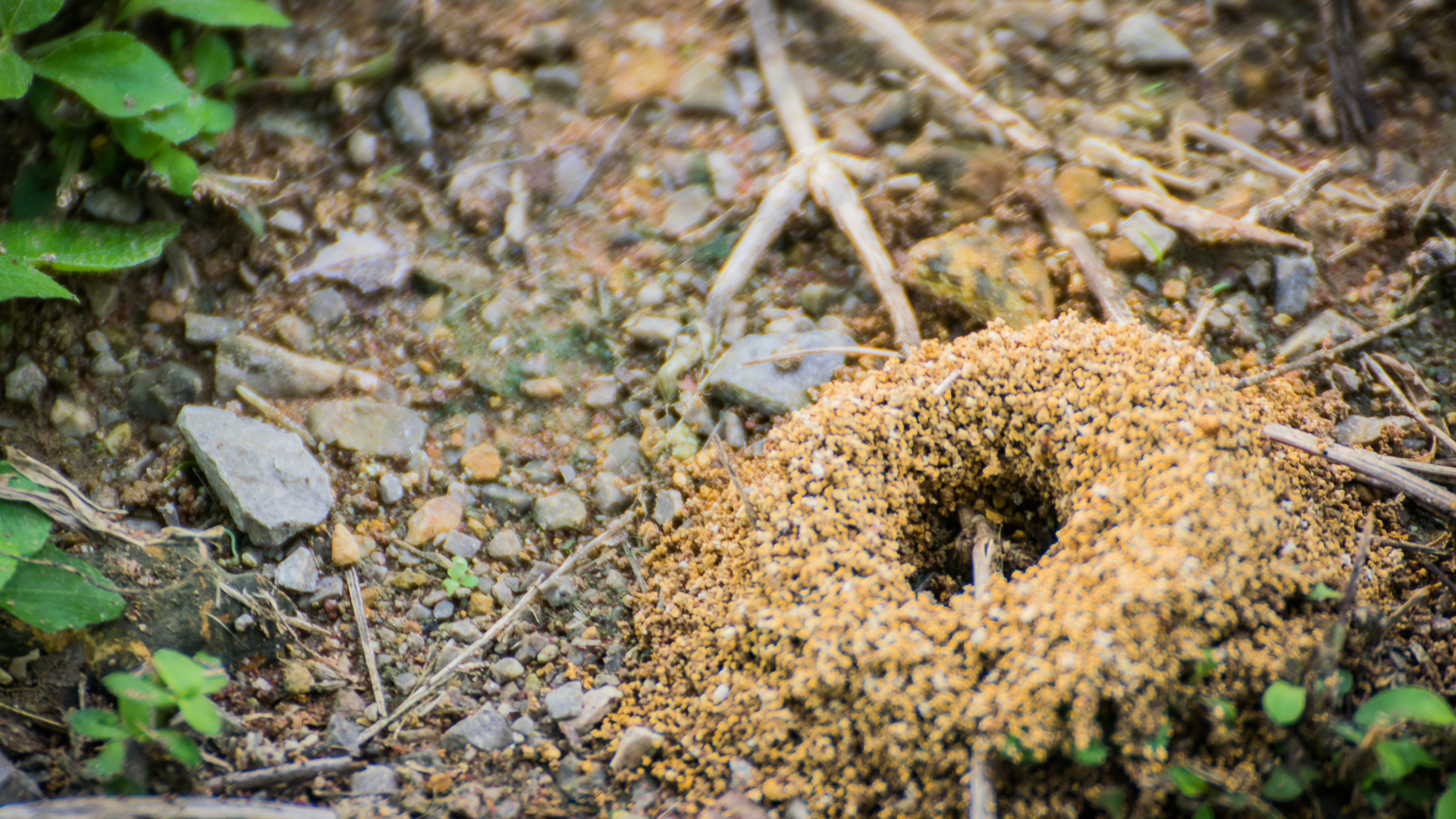Pest control is the process of controlling, managing and eradicating insect pests in a given environment, whether in a home, building, commercial, agricultural or industrial space. Pests such as flies, mosquitoes, cockroaches, ants, bedbugs, fleas and other pests can cause safety problems, property damage and health problems if left unchecked.

Do you have ant nests in your garden that you’d like to get rid of? Here’s how!
Pest control for ant nests
Disinsectization is a process that requires specialized professionals with in-depth knowledge and expertise in the field of ant, wasp and hornet nest destruction.
Here are a few essential steps to follow.
Initial inspection
Before implementing pest control measures to get rid of an ant nest, it’s essential to carry out a thorough inspection to identify the type of insects, the extent of the situation, their nesting areas and the causes of the infestation.
To recognize an ant farm, certain specific criteria need to be analyzed:
Size: this can vary from one species to another. They range from carpenter ants, which build nests several meters long, to pharaoh ants, which are satisfied with just a few centimetres;
Color: this is generally determined by the building materials used. Red ants, for example, wear the same color as their nest, due to the presence of clay, while black ants’ nests are darker due to plant debris;
Location: nests can be found in woods, inside trees or wooden structures for carpenter ants, or in cracks in sidewalks and driveways for cobblestone ants. Garden ants, on the other hand, prefer damp, shady areas such as under stones, logs or piles of leaves;
Structure: this can be composed of chambers interconnected by tunnels, as is the case with carpenter ants, or of earth mounds with well-defined entrances and exits, as is the case with fire ants. In the case of leaf-cutter ants, however, the nests are complex underground tunnels with chambers for growing the mushrooms used for feeding.
Choice of methods
Once the ants have been identified, the professional will choose the most appropriate methods for eliminating them. This may include the use of chemicals, traps, repellents, thorough cleaning, environmental modification, biological control, heat treatment or other species-specific methods.
Safety and regulations
The use of chemical products for insect control must comply with strict health and safety regulations. The professionals you call on are trained to handle these products safely, but above all to find the most ecological methods possible, minimizing the risks to humans, pets and the environment.
Prevention
In addition to eliminating the ant nest, preventive measures must be put in place to prevent their return. These can include repairing cracks, storing food properly to eliminate food sources for the insects, getting rid of piles of dead leaves or wood, etc.
Follow-up
Follow-up can include regular check-ups to ensure that the measures taken have been effective and that the ants haven’t made a comeback!
Essential for maintaining a healthy environment, this type of intervention is possible near homes (it’s important to have a diagnosis carried out before buying a new property), businesses, restaurants, schools and many other places likely to be infested. As you can see, ants are small, complex insects which, although harmless, can be a nuisance. You need to be able to recognize their species to get rid of them effectively!



